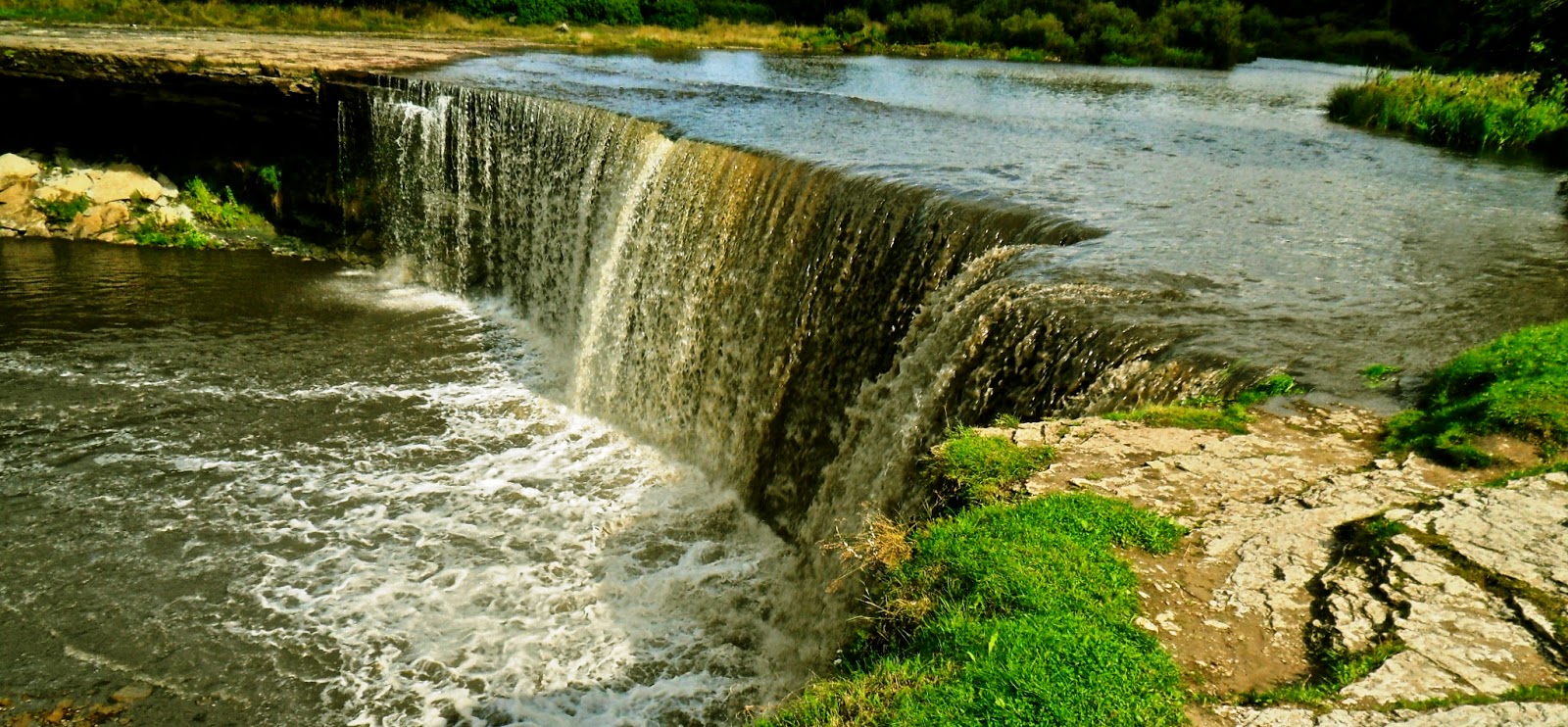The Guelta d’Archei is a hidden treasure
in the Sahara due to its scenic beauty and function. Actually Guelta d’Archei
is an oasis, or rather a guelta, typical of desert region in the heart of the
Sahara desert. Guelta d'Archei is
located in the Ennedi Plateau, in north-eastern Chad, hidden behind a canyon. A
guelta is a strange type of wetland, formed when underground water in lowland
depressions spills to the surface and creates permanent pools and reservoirs.
Its waters sheltered by the towering sandstone cliffs typical of this region.
Every day, thousands of camels are herded into the knee deep water of the
guelta by passing caravans for them to drink and rest. Dung from thousands of
camels excreted over hundreds of years has turned the water black. Prowling in
the black waters is a lesser group of surviving Nile crocodiles, a vestige of a
wetter time when this species once thrived across most of today's Sahara desert
and in swamps and rivers along South Mediterranean shores.
Guelta d’Archei signifies one of
the last remaining colonies of the Nile crocodile famous in the Sahara today.
The crocodiles mainly feed on fish that endure on the algae that flourish on
the waters fertilized by camel droppings. Guelta d’Archei is actually a
zoological marvel because of up on the cliffs are rock paintings, dating back
to middle Holocene, that stand testament to the guelta’s long age. Guelta
d'Archei is a barren place, away from beaten paths. If you want to visit the
place then you require a 4x4 and at least four days' travel from n'Djamena, the
capital of Chad and add some hours of trekking to reach the place depicted in
these pictures. You will see that thousands of camels marching in and out, moaning or
passing through the shallow water. You can too, walk through the dark water but
be watchful not to step in the territory of Nile Crocodiles. Moreover; don’t
forget to see its cave art before heading back to your Sahara exploration.

























































